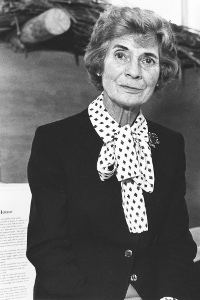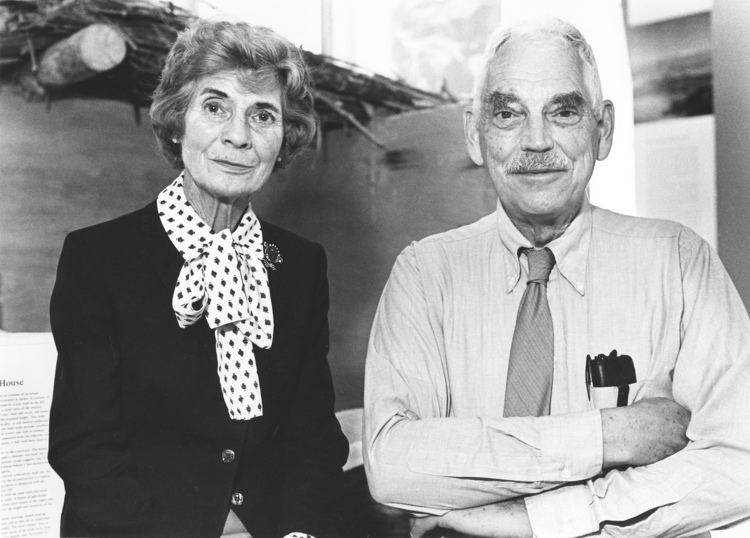Nationality United States Name Linda Braidwood | ||
 | ||
Born October 9, 1909Grand Rapids, Michigan ( 1909-10-09 ) Alma mater | ||
Linda Schreiber Braidwood (October 9, 1909 – January 15, 2003) was an American archaeologist and pre-historian. She and her husband discovered the oldest known piece of cloth and some of the earliest known copper tools.
Contents

Personal life and education
Braidwood was born in Grand Rapids, Michigan and received her B.A. from the University of Michigan in 1932 and an M.A. in Archaeology from the University of Chicago in 1946. She married the University of Chicago archaeologist Robert Braidwood in 1937.
Career
Braidwood accompanied her husband to the Amuq Valley in Northern Syria in 1937 and would subsequently prepare for publication the vast amounts of pottery, stone and other artifacts brought back to Chicago from excavations at Kurdu, Dhahab, Tayinat, and Catal Huyuk.
Braidwood earned her M.A. in Archaeology from the University of Chicago in 1946. In 1947 the Braidwoods established the Prehistoric Project to study the transition from hunting and gathering to farming and were the first to find evidence for this important transition. They pioneered the use of natural scientists on their expedition to study animal bones and plant materials. They also were the first to utilize Willard Libby's radiocarbon technique to date organic materials.
In Iraq, they assembled a team of botanists, zoologists, and geologists and they uncovered what they described as the earliest known village at the time, a settlement at Jarmo, on the border of Iraq and Iran, that dated to 6800 B.C. They also discovered evidence of animal domestication and crop cultivation.
After the Iraq revolution the Braidwoods moved on to Turkey where she was a Fulbright Research Fellow from 1963 to 1964. They created a Joint Chicago-Istanbul Prehistoric Project with Halet Çambel that would occupy them until 1972. In conjunction with researchers from Istanbul University, in 1964 they discovered in Çayönü a farming community, dating from 7250 to 6750 B.C., which contained what they described as the earliest known building—a stone structure with a smoothed flagstone floor that apparently served a community function.
In 1970, the team uncovered a second building, containing a terrazzo floor made using a technique thought to have been invented by the Romans 7,000 years later. In 1984, they found a third structure filled with burned fragments of human skulls that might have been the product of a mysterious rite. The researchers also uncovered cold-hammered copper tools, including small pins and hooks.
In 1993 at Çayönü, the team discovered a semi-fossilized fragment of cloth that was woven about 7000 B.C. The find not only pushed back the known date of the introduction of textiles, but also provided evidence that flax had been domesticated by that time. Flax seeds found at the site were much larger than those of the wild plant, adding more support to the theory.
She was an Oriental Institute Research Associate from 1947 to 1976 and a member of the Editorial Advisory Board for the journal Archaeology from 1952–1967.
She published extensively with her husband and other scholars. She was the author of Digging Beyond the Tigris and wrote a number of reviews and other articles.
